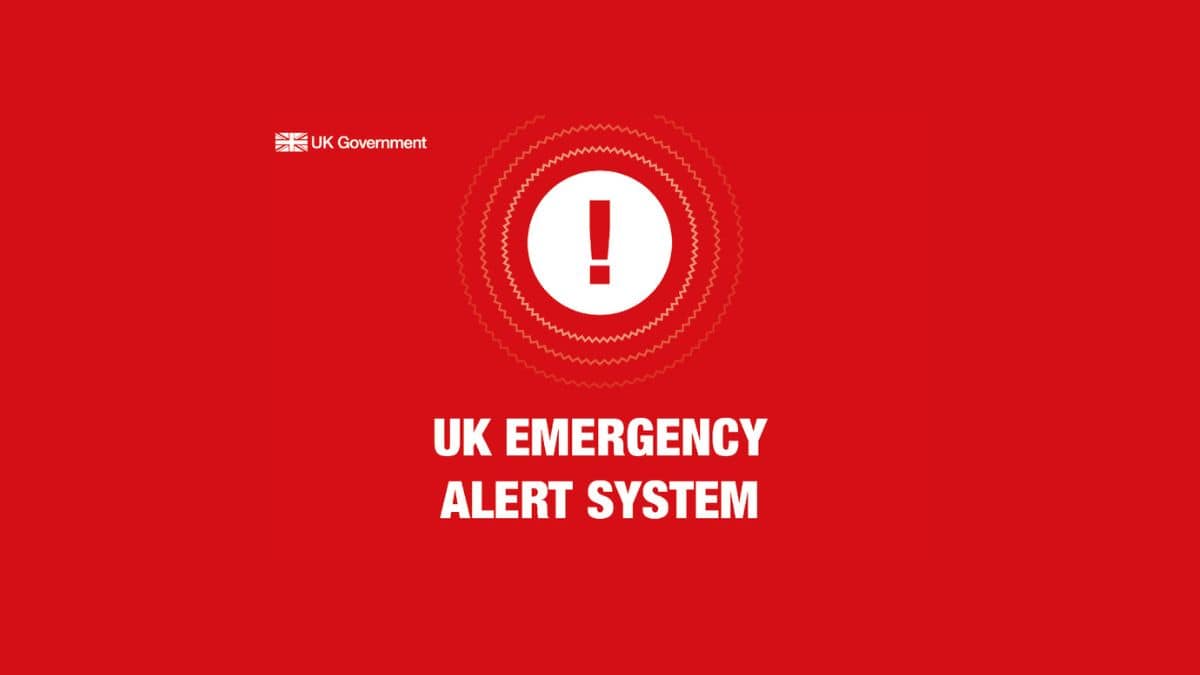
Are you sure you have a feel for your target online audience? Marketing itself is not rocket science, but consumer behavior sure can feel like it. Customers make choices based on many volatile factors, some of which are not at all obvious. You can’t predict their actions, but you can leverage consumer insights to optimize your marketing campaign in a timely way.
Invaluable insights can come from examining website traffic data. What magazines do your target audience read? What alternatives do your loyal customers consider? Are they finding what they need on your website? You can answer these questions and many more with the help of the Audience Overlap Dashboard from the Traffic & Market Toolkit.
Below you’ll find several scenarios in which Traffic & Market audience data leads to insights that could inform your strategic business decisions.
1. Gain Insights From the Least Evident Competitors
Premium brands don’t usually compete with the mass market. Though your audience may not care that much about the market you identify with — they just want a polo shirt. As we see from the graphs below, a portion of visitors who went to the Ralph Lauren website are completely fine with taking a look at what H&M has to offer.

Go down to the Audience Overlap Dashboard and filter it to find more websites visited by Lacoste’s and HM’s audience. Jewelry stores like Rocco’s Jewelry and Cainte are popular sites with this overlapping audience.

With this kind of search, you can pinpoint additional competitors or potential partners that may not be on your radar.
2. Broaden the Range of Partners for Collaboration
Sometimes, customers choose between product categories that have no direct connection at first glance. Sephora cosmetics, Pandora jewelry, Victoria’s Secret lingerie, and a Netflix subscription are not interchangeable in practical terms — yet all of them make great options for a holiday gift.

Such overlap can point out possible partners for collaboration or co-marketing. While the overlap doesn’t necessarily imply a full-scale co-branding project, it might be the choice of prizes for a draw on social media. Apart from promotions for your own products, you might want to impress your audience with additional offers they might like.
To understand if the prospective partner will accept your proposal, you can benchmark the volume of the unique and shared audience by hovering over the different segments of the chart. For example, Netflix shares 3.2m visitors with Sephora, but their unique audiences make 297.6M against 20.6M.

Another way to find more relevant partnerships is to go down to the Audience Overlap Dashboard section of the report and use the “overlap” filter. For example, you can find the websites visited by both Sephora and Pandora customers and then keep only those that fall into relevant business categories.

The “Exclude” filter will help you find the websites visited by your competitors’ prospects but not yours. Simply type in your rivals’ URLs and exclude yourself from the search.

With these filtering options, you can find more specific information that can lead to more informed decisions when it comes to possible partnerships
3. Review Your Media Partners
Let’s say you are comparing several media platforms, and are considering two websites — both alike in reputation (and target audience). Should you consider both? Depending on how bold your brand policy is, you can try out some unconventional solutions based on audience insight.
Imagine you’ve worked with business magazines in the past. Their readers definitely belong to your target group. However, showing ads to exactly the same users may not be in your best interests if your campaign’s objective is reach.
Check the media options that are usually excluded from your list. Consider several platforms that claim to have your target audience in their press kits but have little overlap.

For example, you may discover that GQ website visitors have the same socio-demographic characteristics as your target group. Audience Overlap shows you that these relevant users likely haven’t been reached by your ads in other, more serious magazines.
While a men’s fashion magazine may be unlikely to publish a long read about company development, a creative experiment with writing outside the box could help you get to the part of your target audience that has not been covered in previous marketing campaigns.
You can also try out a placement in the media with the biggest share of the unique audience for the broadest reach, or one with which you share the most audience members (both Forbes in this example). This can help you create an additional touchpoint with your potential customers.
4. Estimate the Potential Reach of the Media
You can also compare audiences from your website and a media platform. The graphs will show you the number of users who have visited both. If your aim is to reach new people, consider working with the resource that you have the least audience overlap with.
We have compared audiences of the official Gucci website and three fashion publications. Elle, is a more general women’s magazine, while Vogue and Town and Country, tend to be more about ‘upper-class’ style.
Gucci customers read Elle, but less so the higher-end magazines. Whatever the reason, consider this new data when planning your next placements.

This approach also works for your GDN placements (Google Display Network ads), as you need to make sure the audience overlap between you and your prospective publisher is significant.
5. Compare Your Placements Against Those of Competitors
You can also check how one of your rivals (we chose Prada and Armani) is presented in the same media.

Gucci no longer has the greatest percentage of visitors who also read Elle online: Prada does. However, if you observed the opposite picture for your competitor, check their traffic sources in the Traffic Overview dashboard.

This way you’ll find out if the paid placements prevail, and understand whether it makes sense to invest more in advertising on comparable media.
6. Find Your Customers’ Favorite Social Networks
The majority of today’s internet users spend a lot of time on social media. That’s why website owners look for suitable networks to promote their business accounts. To find such a network, check the overlap between your audience and each of the target social media platforms. The larger the overlap, the more users visit both your site and a particular social network during the selected month.

Additionally, you can use this report to find which social networks your competitors’ audience prefers. Use this information to attract attention to your account with some engaging content or social media ads.
7. Research Regional Markets
Owning an international brand is not necessarily a competitive advantage, especially in such a volatile industry as e-commerce. To develop the company in a specific geographical market, take a closer look at the locals.
We’ll analyze ASOS. In the UK, this retailer competes with Amazon and eBay. In Australia, the situation is different; the company shares its target audience with Australian-owned fashion labels like Princess Polly and Kookai. Let’s see what consumer insights Audience Overlap can give us.
Although there is greater overlap between ASOS and Princess Polly (15.17% or 234.5K users)…

… More customers of Princess Polly visit fellow Aussie brand Kookai (23.49% or 290.9K users) than ASOS.

This reveals two key opportunities for ASOS.
First, the stronger connection between Australian brands suggests that local shoppers have greater affinity for domestic brands. International retailers like ASOS should emphasize their understanding and integration with the local market through region-specific campaigns, regional partnerships, or Australian-focused collections that acknowledge local fashion sensibilities.
Next, analyzing Princess Polly’s business model (product selection, pricing, delivery options) could yield more valuable insights than focusing on other competitors. With a substantial shared audience, Princess Polly’s successful strategies could be adapted to help ASOS strengthen its position in the Australian market, potentially capturing a greater share of customers who currently shop at both retailers.
This audience overlap analysis demonstrates how regional market research can reveal hidden customer behavior patterns and competitive dynamics that aren’t visible when viewing the market solely through a global lens. By understanding these regional nuances, marketers can develop more targeted strategies that resonate with local consumers.
8. Define the Leader in a Niche
Being too general is rarely a good plan, especially when one player already owns the majority of the market share within a particular niche.
Let’s say you are developing the marketing strategy of a sports shoe brand. You know for sure there are companies that offer various types of clothing and one that specializes in sneakers.
Will you have to compete with the industry leaders? Or will you manage to have more or less consistent competition within your niche?
Let’s see what Audience Overlap shows us with some popular brands.

Nike has a significant overlap with almost any sports shoe seller you can think of. This means that the audience searching for Reebok, Puma, or New Balance footwear also considers buying Nike.
As a product marketing or brand manager for an opposing brand, you might feel motivated to study their offers more closely, monitor their marketing campaigns, and evaluate some of their approaches.
9. Don’t Rely On Professed Target Audiences (and existing press kits)
If you are an owner of several websites (or the one responsible for their promotion on media platforms), you need valid data to present in your press kit. Let’s look at the example of Condé Nast Inc., which owns publications aimed at various target groups.
You may assume that since Vogue, Glamour, and W Magazine are women’s magazines, all advertising activities on these sites should be targeted at that demographic. However, Audience Overlap shows a different picture.

In reality, quite a few users also visit the Wired and GQ websites. Are these women interested in the lifestyle section of the men’s magazine? Possibly, they are helping their boyfriends to revamp their wardrobes. The graphs won’t tell you their specific intent, but they can give you valuable insights for future advertisers that you can include in your press kit.
10. Monitor Market Position Dynamics
With Audience Overlap, you can see how your positions in the market change over time. Enter two competing domains and move from one time period tab to another to observe the trend.
Let’s examine a relevant case study comparing two major e-commerce players: traditional marketplace Amazon versus fast-growing discount platform Temu.
In March 2024, Amazon drew 645.6M visitors while Temu reached 210.5M. Their audience overlap was 9.42%, indicating that nearly 1 in 10 online shoppers visited both platforms in the same month. This overlap demonstrates Temu’s emerging competitive position despite Amazon’s significantly larger user base, with a combined potential audience of 782.4M between both platforms.

Between March 2024 and 2025, Amazon’s visitors increased to 650.1M while Temu more than doubled to 529.5M users. The audience overlap jumped from 9.42% to 15.3%.

This shift resulted from Temu’s aggressive expansion with deeply discounted products and likely U.S. consumers’ “panic buying” of Chinese goods before anticipated 2025 tariffs took effect.
You can compare Audience Overlap for several countries one by one to determine if a trend is global or country specific. It will give you an idea of whether you need to strengthen your campaign in a particular market or study the options deeply and revise your offers.
Conclusion
The Audience Overlap Dashboard provides a wealth of information on how you can better connect with your potential customers and partners. You can use it for competitive research, to equip your presales, advertising, media-buying, and remarketing campaigns, and to estimate the potential of a new market.
Along with Audience Overlap, the Traffic Overview Dashboard has much more to offer. From general traffic data for any website to its top pages and subdomains, and audience behavior metrics, the toolkit offers all of the traffic data you need in a single dashboard.







